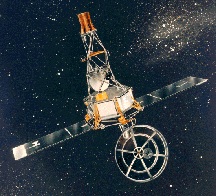Image of Mariner 2.
Click on image for full size
NASA/JPL
Satellites and Robot Spacecraft
Satellites and robot spacecraft are important to space exploration. They let us explore space safely. Click on the link below to learn more about these missions.
Canada's first space telescope, MOST, was
launched in June 2003 to study pulsating stars. Europe has a similar mission called CoRoT, which is also searching for distant worlds.
In February 2009, NASA will launch a related satellite called Kepler.
Also launched in June 2003, the Mars Exploration Rovers (MER) mission will send two robot rovers to Mars.
Mars Express is another mission to the Red Planet. Mars Express was developed by the European Space Agency (ESA). It reached Mars in December 2003.
A mission called Stardust flew close to a comet in January 2004. It will bring a small sample of dust from the comet back to Earth so scientists can study it.
New Horizons will fly past Pluto in 2015. It blasted off in January 2006.
Some missions, such as Aura and AIM, study Earth's atmosphere, weather, and climate.
Phoenix Mars Lander will land near the North Pole of Mars in May 2008. It will use its robotic arm to scoop up soil and to search for water ice. The LRO & LCROSS missions, launched in June 2009, are mapping Earth's Moon and searching for water ice near the Moon's South Pole.
You might also be interested in:
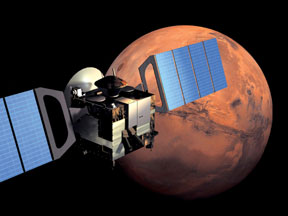
The European Space Agency (ESA) launched a mission to Mars in June of 2003. The mission is called "Mars Express". The Mars Express spacecraft has two parts. One part will orbit Mars for at least one Martian
...more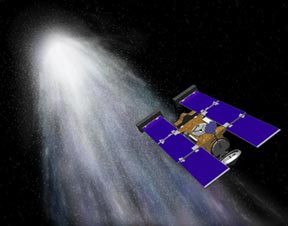
Stardust is the name of a space mission that studied a comet. Stardust flew very close to the comet in January 2004. It took some very good pictures of the nucleus of the comet. It also grabbed some dust
...more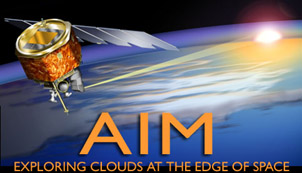
Some satellites study Earth from space. Some of them study our atmosphere and weather. Some take pictures of clouds. Others use special instruments to make measurements of temperature, humidity, or the
...more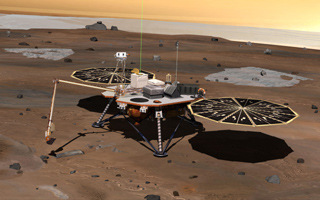
NASA has a new spaceship on Mars. The robot is called the Phoenix Mars Lander. Phoenix landed near the North Pole on Mars. This page tells about the mission of Phoenix. It also describes the instruments
...more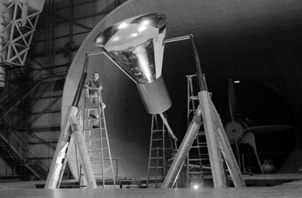
This is Administrator Goldin's speech about NASA's 40th birthday: "Forty years ago, in 1958, the National Aeronautics and Space Administration was created with the boldest and most noble of missions: to
...more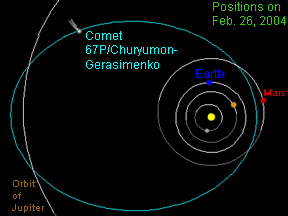
Mechanics is one of the main branches of physics. Mechanics deals with the motion of physical objects. It also deals with the forces that act on physical objects. How hard do I have to pull a full wagon
...more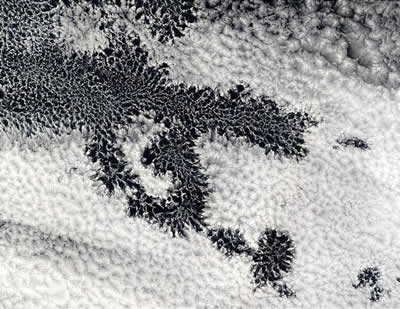
Scientists use satellites in the VOCALS field campaign. They also gather data from instruments on ships and on airplanes. They put the data from the satellites, ships, and aircraft together to get a better
...more


